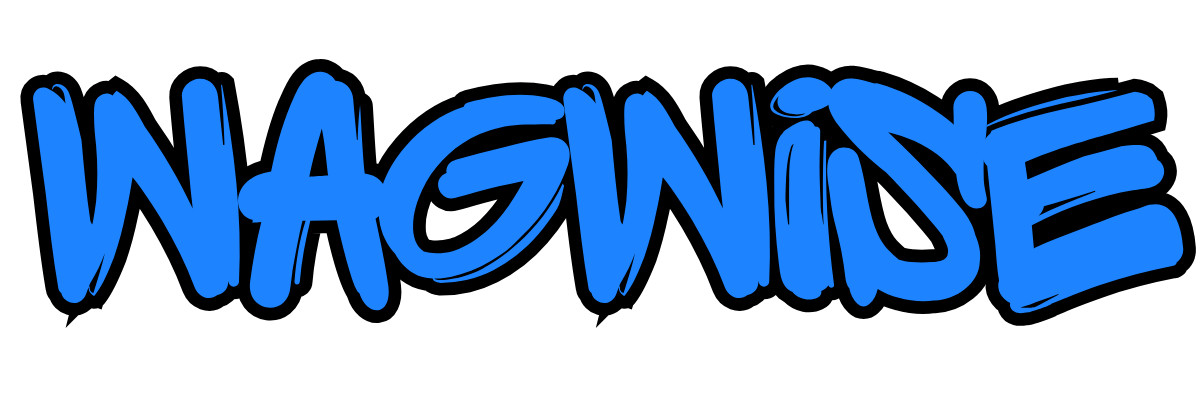What to Do if Your Dog Eats Chocolate
What To Do If Your Dog Eats Chocolate

Why Chocolate Is Toxic to Dogs?
The risk and severity of your dog becoming sick from eating chocolate depends on the type of chocolate, the amount they eat and the size and weight of the dog.
Chocolate contains caffeine and
theobromine.
Both these ingredients can speed the heart rate and stimulate the nervous system of dogs.
For further, in-depth explanation please refer to this article in the
Merck/Merial Manual for Veterinary Health.
Caffeine and Theobromine vary in concentration among the different types of chocolates available.
This list below shows a few types of chocolate in order of their concentration Theobromine:
Cocoa powder (most toxic)
Unsweetened baker’s chocolate
Semisweet chocolate
Dark chocolate
Milk chocolate
If your dog has eaten chocolate, it is very important you know how much and what type of chocolate it was. This will assist your vet to determine how serious an emergency you have.
As a guide, if your dog consumes 20 mg of
methylxanthines, commonly found in coffee, tea, chocolate and other foods, they will generally experience mild symptoms.
However, 40 to 50 mg can produce Cardiac symptoms, and more than 60 mg can bring on seizures.
To relate this to chocolate, one ounce of milk chocolate per pound of body weight is a very serious dose. When you consider a Hershey’s Bar is around 1.5 ounces, if your dog eats just one bar of chocolate the consequences can be serious, particularly for smaller dogs.
If your dog finds and eats a small crumb of chocolate cake or even a very small piece of chocolate it could make them feel sick but is unlikely to kill them.
You should never feed your dog chocolate as a treat!
If you know your dog has eaten chocolate, it’s important to monitor him for signs of toxicity and contact your veterinarian as soon as possible or the Pet Poison Helpline for assistance.
You should also learn as much as you can about the effects of chocolate on your dog.
Things like
- how much is too much
- which types of chocolate are the most dangerous
- what signs to look for that may signal your dog needs treatment.
Here are a couple of main points you should know:
• Chocolate is toxic to dogs and could cause a medical emergency.
• Signs of chocolate poisoning usually appear within 6 to 12 hours.
• Knowing how much and what kind of chocolate your dog ate is key.
The Main Signs of Chocolate Poisoning.
Your dog will start to exhibit the first signs of chocolate poisoning usually within 6 to 12 hours after they have eaten it. The symptoms may last up to 72 hours.
These are the main signs:
• Vomiting
• Diarrhea
• Restlessness
• Increased urination
• Tremors
• Elevated or abnormal heart rate
• Seizures
• Collapse and death
Be aware that older dogs or dogs in ill health or with heart conditions are more likely to die from chocolate poisoning.
What should you Do If Your Dog has eaten Chocolate?
Don’t hesitate, call your veterinarian immediately.
Your vet will determine, from your dog’s size and the amount and type of chocolate consumed, whether you monitor your dog for the signs I have listed above or if he needs immediate attention.
If your pet requires veterinarian treatment and consumed the chocolate less than two hours ago, they may induce vomiting and give him several doses of activated charcoal. This helps move the toxins out of the body without being absorbed into the bloodstream.
For more severe cases, supplemental treatment, such as medications or IV fluids may be required to resolve the effects of the poisoning.
How can I Prevent my Dog from Eating Chocolate?
It is highly recommended you do not give your dog chocolate, under any circumstances, even as a treat.
To ensure your dog’s health and safety follow these tips.
- Ensure all chocolate items, including cocoa powder and hot chocolate mix, are stored where the dog cannot reach them. Keep them on a high shelf in the pantry where the door can be closed.
- Make sure your children and guests know that chocolate should be kept out of the dog’s reach. Keep it away from counter tops, tables, or in bags or purses. Be more aware during holidays times like Easter, Valentine’s Day, Halloween, and Christmas when chocolate is more prevalent.
- Training commands like ‘leave it’ are great for preventing your dog from eating chocolate. It’s one of the basic, and easiest to teach, commands you can teach your dog.
- Crate train your dog: Once your dog is used to the crate they become comfortable and it is the safest way to ensure he doesn’t eat anything harmful while you’re not around.




